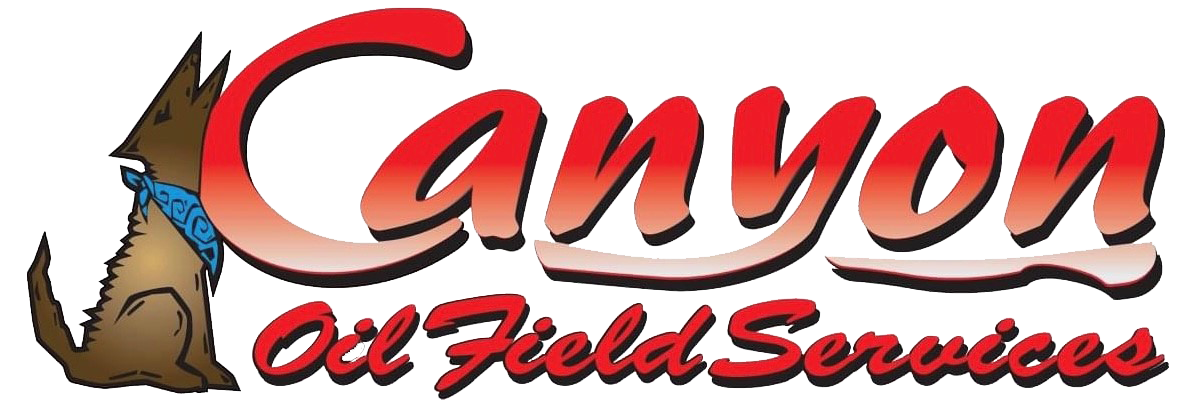FIELD CONDITIONING OF NATURAL GAS
FOR DUAL-FUELING MULTI-CYLINDER COMBUSTION ENGINES TO SERVICE THE OIL AND GAS INDUSTRYFuel is a major cost component of industry as a whole, the oil and gas industry is no exception. Traditionally diesel has been our base fuel of choice to power the heavy horsepower driven equipment necessary to drill and complete wells. Our smaller drilling rigs use diesel powered engines to power each individual component separately, whereas the majority of our larger drilling rigs utilize diesel fueled electrical powered generation plants to power electric motor driven components. Outside of a small amount of experimentation, today all of our fracture stimulation fleets are diesel powered.
Historically natural gas has been and will continue to be the most abundant, cost effective, cleanest burning fuel available. We are now understanding the drastic cost saving advantages of natural gas over diesel since the introduction of the duel-fuel high-horsepower engines now available to the oil and gas industry.
The dual fuel engines can run on 100% diesel or up to 70% natural gas. The normal operating range of natural gas fuel for these engines is 50% to 70%. Although it would be easy to assert that we should be burning 100% natural gas based on cost savings, the total fuel energy requirements of our high load factors cannot yet be consistently delivered at greater than 70% natural gas utilizing today’s technology.
Much of our drilling today is developmental drilling where the natural gas pipeline infrastructure is already in place and the operator has a very high rate of successful production. In this scenario the operator or eventual gas purchaser builds the gas sales pipeline to the new well site as the location for the drilling equipment is being built. The operator has an agreement for the purchase of raw gas from the pipeline and Canyon plumbs our equipment into the pipeline. Canyon processes the raw gas into fuel gas to be utilized in the drilling of the new well. Canyon hopes to be fueling “frac” fleets and helping to lower the bottom-line cost of that process in the very near future.
Get In Touch
Please fill in the following form and we will get back to you shortly.

